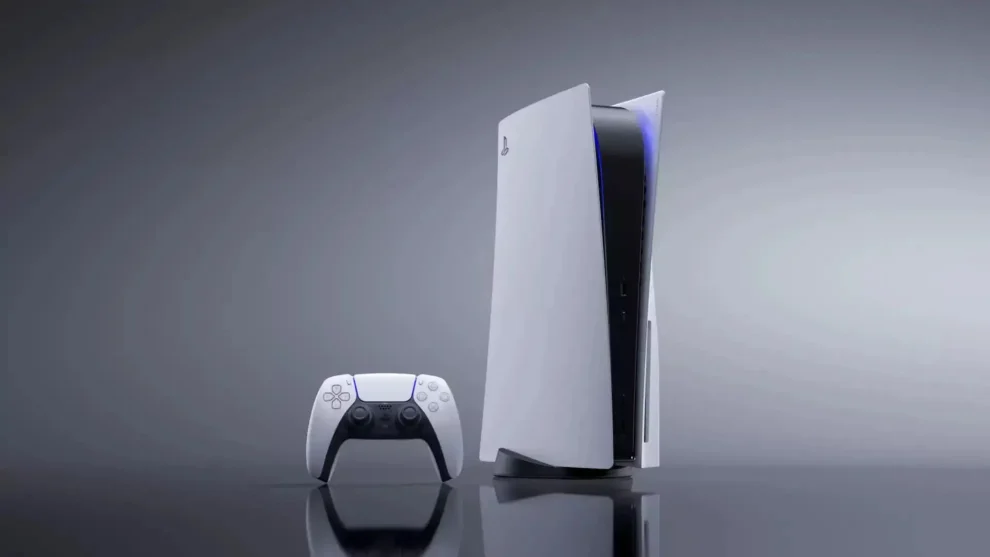Sony has recently indicated that the PlayStation 5 (PS5) is entering “the latter stage of its life cycle,” a statement that has sparked discussions across the gaming industry. Despite this phase, Sony’s strategy and plans for the PS5 continue to evolve, reflecting both the console’s achievements and its future potential.
Key Highlights:
- PS5 hardware sales for the October-December quarter fell short of Sony’s target, leading to a downward revision of the current fiscal year’s sales goal from 25 million to 21 million units.
- Sony acknowledges the PS5 is transitioning into the latter stages of its lifecycle, signaling a shift in its market strategy and possibly hinting at the development of future gaming platforms.
- The company remains optimistic about the PS5’s performance, projecting sales to eventually outpace those of its predecessor, the PlayStation 4.
The PlayStation 5, Sony’s latest gaming console, has been a significant player in the gaming industry since its launch. Its sales performance, technological advancements, and gaming ecosystem have been closely monitored by both the company and industry analysts. The recent announcement from Sony about the PS5 entering the latter stages of its lifecycle has brought a new focus to the console’s journey and its place in the broader context of gaming technology evolution.
Despite the PS5’s strong market presence and record-setting sales achievements, Sony’s adjustment of its sales forecasts and the acknowledgment of the console’s lifecycle stage represent a realistic appraisal of the gaming market’s dynamics. These developments are crucial for stakeholders, from developers and publishers to gamers, as they signal shifts in Sony’s strategic priorities and investment areas.
The PS5 has been celebrated for its advanced technology, including its ultra-high-speed SSD, ray tracing capabilities, and immersive 3D audio, which have collectively raised the bar for gaming experiences. However, as with any technology, the lifecycle progresses, and anticipation builds around what comes next. Sony’s statement may also be a precursor to the eventual introduction of a new console, although details and timelines remain speculative at this stage.
In the gaming industry, where innovation and technological advancement are constants, the transition phases of consoles are pivotal moments. They not only reflect the culmination of one era but also set the stage for the next wave of gaming evolution. Sony’s strategic management of the PS5’s lifecycle and its forward-looking plans will be crucial in maintaining its competitive edge and shaping the future of gaming.
Sony’s announcement at CES about the PS5’s lifecycle stage comes at a time when the company has reported selling through more than 30 million units to consumers worldwide. This achievement underscores the console’s popularity and the strong demand it continues to generate. Jim Ryan, SIE president, highlighted December as the PS5’s biggest sales month, attributing this success to increased availability that has enabled more consumers to purchase the console.
In the broader context of this announcement, the gaming community and industry are now keenly watching Sony’s next moves. The transition into the latter stages of the PS5’s lifecycle opens up discussions about technological innovation, the future of gaming ecosystems, and what the next generation of gaming consoles might bring. Sony’s ability to navigate these changes while maintaining its market position and fulfilling the expectations of gamers worldwide will be a testament to its enduring influence in the gaming industry.



















